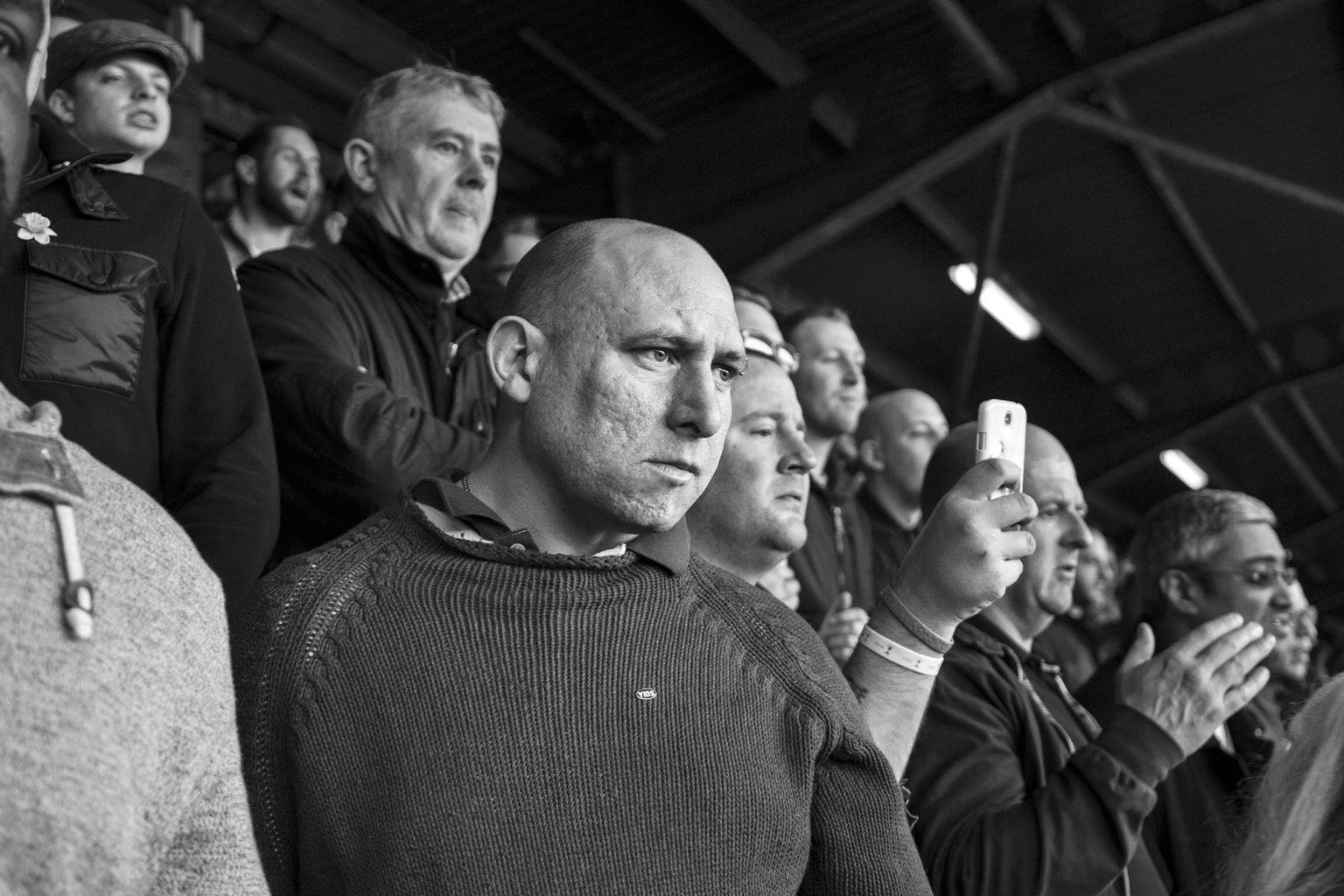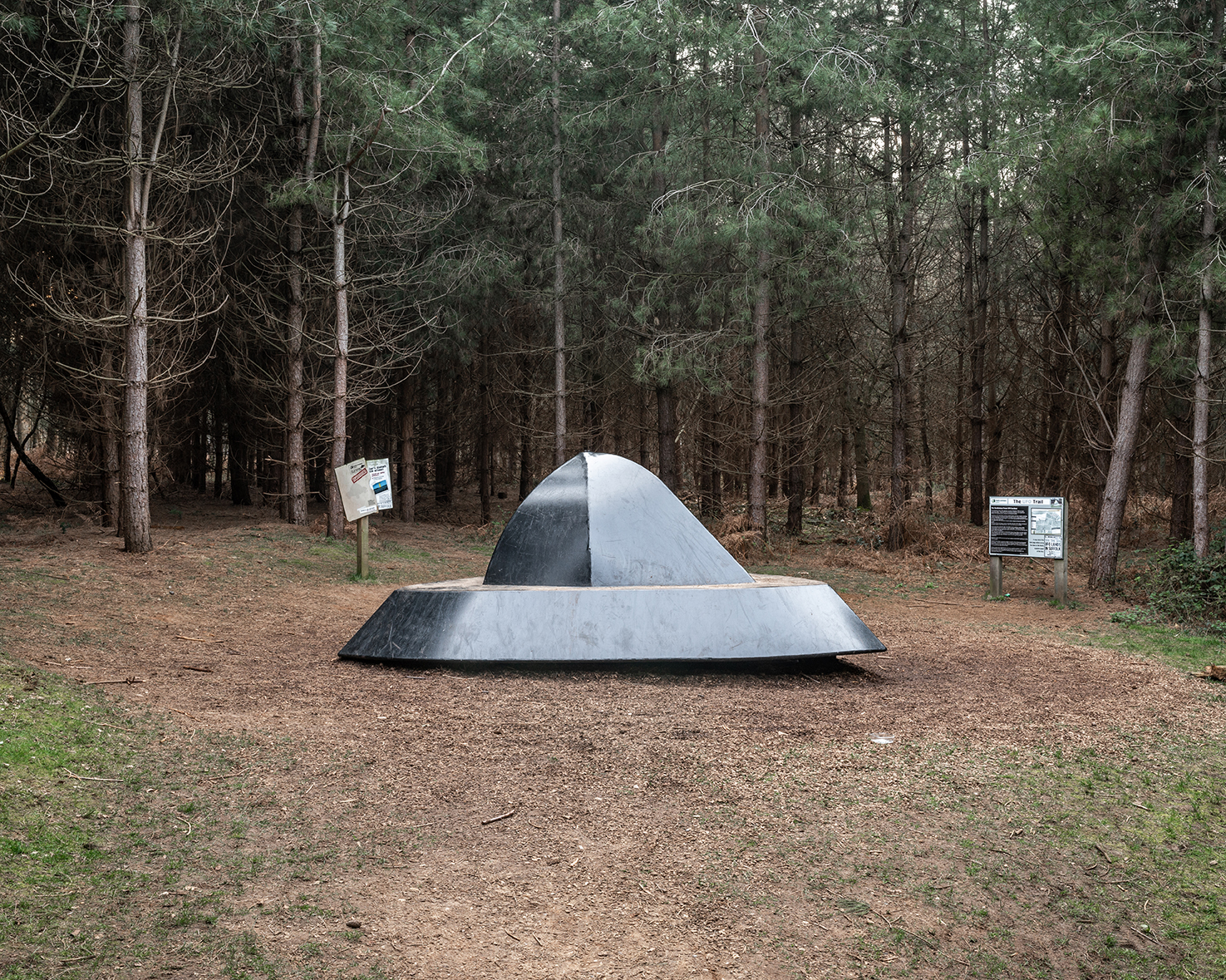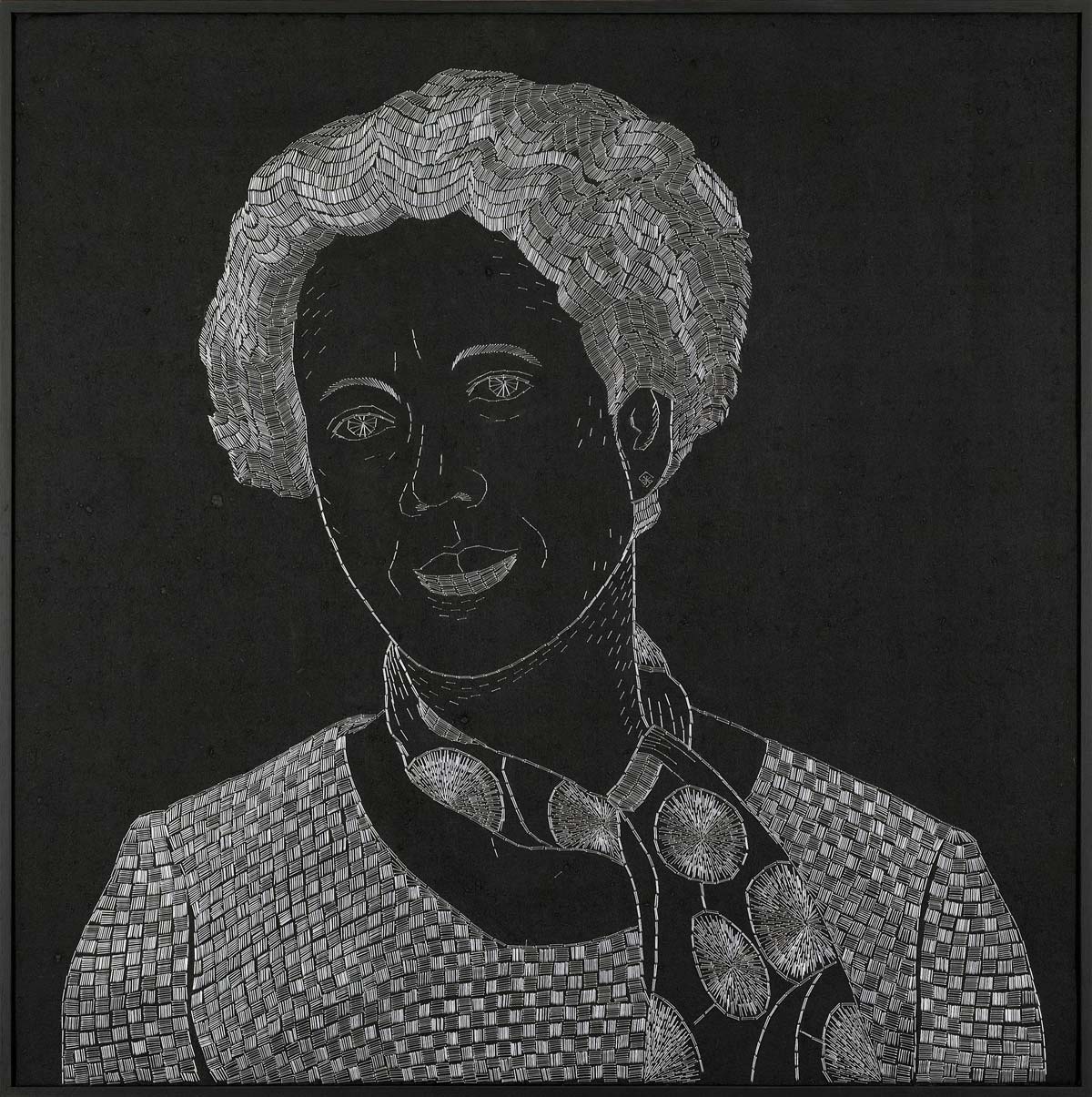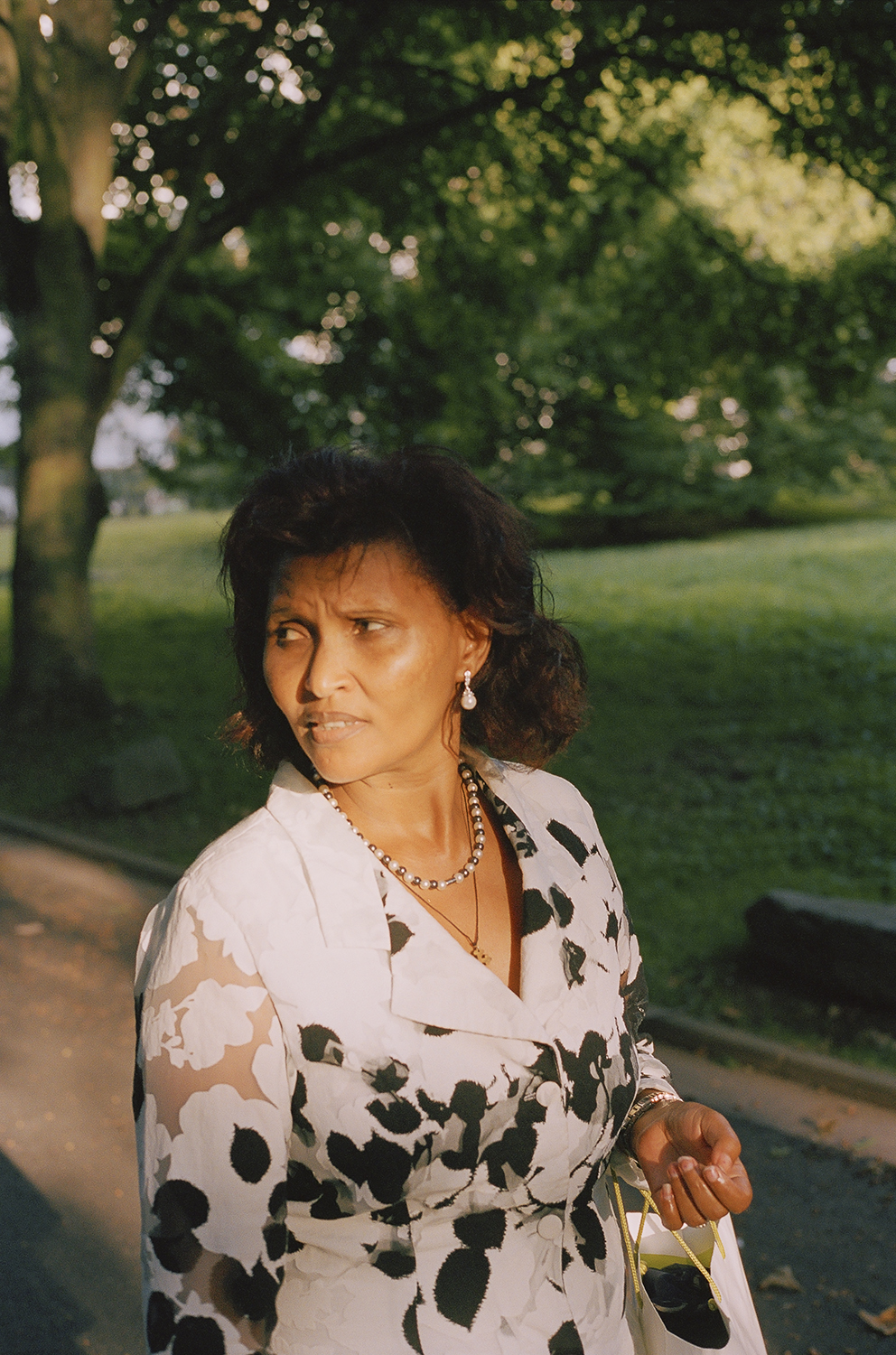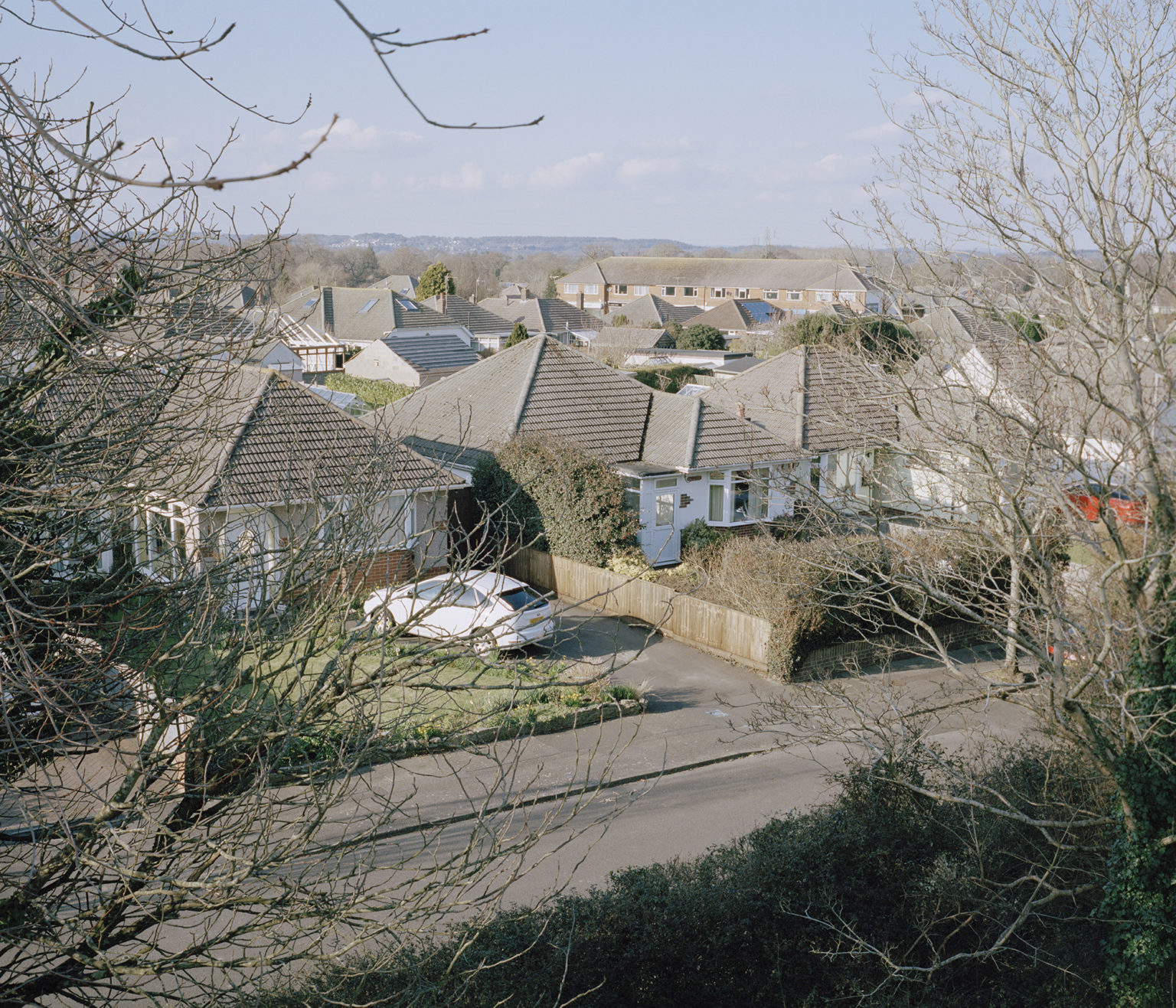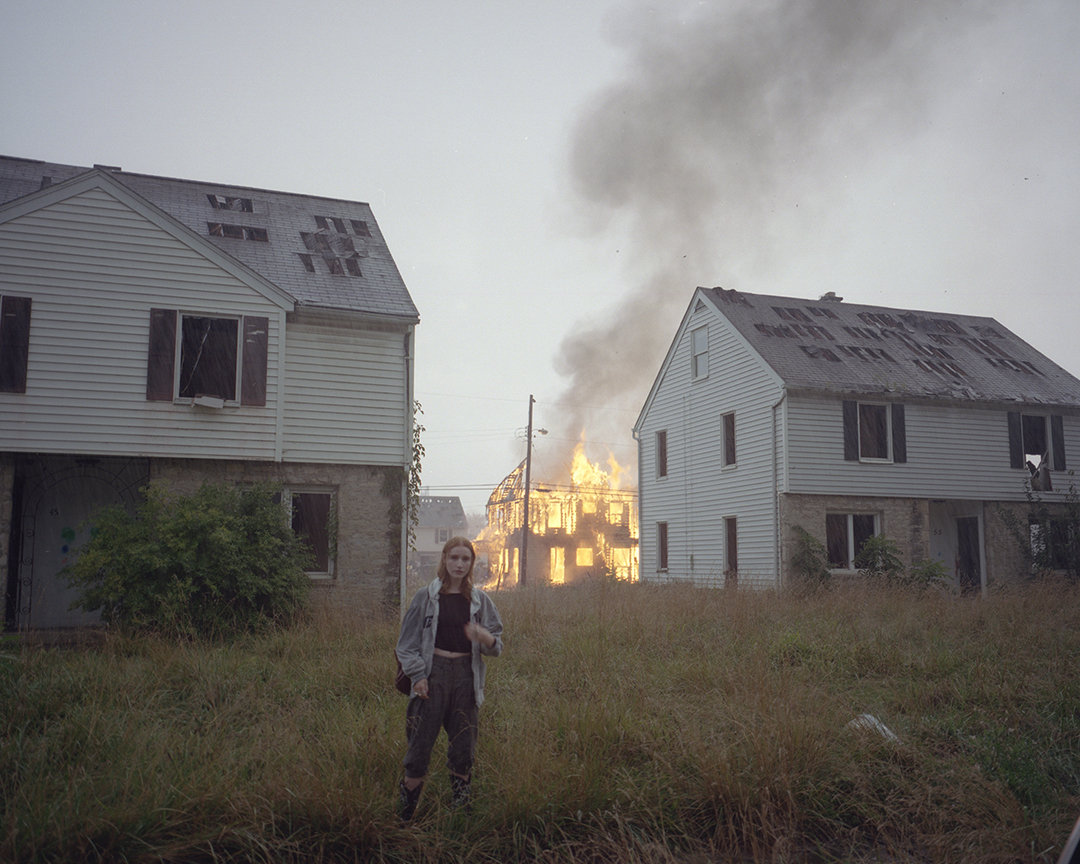A writer, photographer, curator and lecturer based in Bath, England. Colin Pantall’s ideas focus around domestic environments and the interaction between personal, environmental and historical narratives as experienced through his family. This month we got to speak to Colin, about his role as a photographer and the projects he’s worked on over past few years.
JT: Hi Colin. Could you tell us a little about yourself and how you entered the photographic world?
CP: I started photographing when I lived in Jakarta in the 1990s. I used to go out and take photographs of the old architecture and new construction happening in the city. At the same time my wife was writing articles on the environment, travel, food for newspapers and magazines and I started taking photographs for her pieces. We’d go to Mao’s birthplace, visit seaweed farmers on Nusa Lembongan or trail round the foothills of Mount Pinatubo. Then our daughter was born.
JT: I’m a huge fan of your blog and always take time to read it. It’s 11 years old this year! What was your initial idea behind starting a blog? Was it more for the viewer or to keep a written and visual record for yourself?
CP: Oh thank you, that’s very kind. The photographer Timothy Archibald had a blog and told me to start one. Because I’m a huge fan of his work, and his blog, I did. It’s rough in places, it’s partly notebook for ideas, partly a place to put down reminders of things that matter, a place to celebrate work that should be celebrated, a place to remind myself of different views, that the world is a bigger place than we sometimes imagine, and that photography has multiple functions, voices and visions, most of which we tend to ignore. I don’t have a singular voice in it, I contradict myself even within the same blog post which I enjoy. It’s a place where I can think two or three different things at the same time, a place where I can change my mind. It’s a place of uncertainty then, and in a world where so many people appear so certain all the time, I think that matters. It’s an uncertain blog for an uncertain world.

JT: I find photographers quite often struggle to write about their work and especially others photographers work. What advice would you give for people wanting to start writing more?
CP: Just write. Start writing and creating your own content. If you’re interested in something, start writing about it. Do it right and you become an expert very quickly. So if you’re interested in images of austerity, or sexuality, or colonialism, or mental health, or gender, or migration, or animals, or food, or anything, start writing about it. Start showing it and share your enthusiasms with others. Think about what you say, but remember that you’re not writing an academic essay.
And say what you think. And say what you mean. But be generous and kind. Show other people’s work you love, and say why you love it.
And say what you think. And say what you mean. But be generous and kind. Show other people’s work you love, and say why you love it.
Most importantly, be interesting. People say all the stories have been told but I don’t think that’s remotely true, especially not in photography. So I’d say look around your world and think about what’s interesting, what makes you think and feel. And write about it. And show pictures. And tell stories that people haven’t heard or seen before. Or if they have heard and seen it before, tell it again in your way.
JT: All Quiet On The Home Front is a photography project documenting your daughter, Isabel, over 12 years of her life. I’m sure the project hasn’t ended there but i’m interested to why the book was released in 2017 and not any other time? Did it just feel right?
CP: It was the right time. Isabel was 16 at the time and the photography had come to an end. So I was at an endpoint in photography that coincided with that endpoint in parenting where she doesn’t need me, her father, in the way that she had before, in the way that is part of the book. The parenting had flipped so that it was me that was at a loss. She had her own life, she had passed me by. The book marked that transition and it is where the text that accompanies the pictures comes from. That also meant that when editing the work, I was both in that time and outside it.
Of course, now the relationship is different, it’s moved on. Now it’s about art and ideas and Isabel lecturing me on intersectionality, body image, Gucci branding and the writing of Simone de Beauvoir. She is the master and I am but the learner. I love that, but I still miss sitting on a rope swing in a misty forest.

JT: The project discussed has a very cinematic approach to it in terms of aesthetic. Was there something you were particularly inspired by when you started the project, or do you feel the project feel and looked changed over time, as you gathered more inspiration?
CP: It is cinematic, and both the grandiose nature of the exteriors and the claustrophobic interiors inspired me. We would go out on these walks into woods and forests and there was something magical about living out this relationship through these landscapes that wrap you up in their branches, their leaves, in the sights and sounds that engulf you whenever you’re there. That’s why we went to those places, because they were calming, kind environments that also had something shabby and used about them. They’re very English in that respect.
The project changed over time because I changed over time, Isabel changed over time. I didn’t know what the project was at times. That sense of the book was so close to me it was invisible.
I loved that sense of something very natural, simple and intimate, also being epic in some way. I remember being a child and climbing trees and walking on pipes over rivers, and in mind they weren’t suburban Stockport landscapes, but were grand on an Amazonian scale. That’s how I remember seeing the world as a child, that’s how Isabel saw the world when she was a child. You have emotional memories of places, of events, and that’s what I wanted to do with the pictures, to have Isabel as part of these landscapes, not above and beyond them, but absolutely inside them.
It was my wife Katherine who put me on the right track. The problem was I’d photographed so much that I had lost track of what All Quiet was about. So for the longest time I was searching and searching; I had all these images that said something and I knew they tied together somehow, I could feel it, but I didn’t know how.
Then my wife came and looked at one of my edits and said, “Can’t you see? This is you. You’re in the landscapes. From the day she was born, you’ve been taking her out… This is the story of how you developed your relationship with Isabel through the landscape. That’s what All Quiet on the Home Front is. It’s a self-portrait of you as the landscape.” She could see right into the heart of the matter. She’d seen how I had come to identify with the places we visited, and the sadness and sense of loss that came about when Isabel grew up and we stopped visiting these places.

JT: I’ve seen you’ve written a piece about photography being ridiculously expensive to study in nowadays. You’re not only paying your £9,000 university fees but also need a camera, processing (if shooting traditional methods), something to edit your photos on, and the list goes on. I have a real problem with how universities are making students print their final major projects. I know people who spent £500+ just for 10 prints and framing for their final pieces. The lecturers make out if they don’t get these “high quality” prints then they won’t get the grades. How do you feel about this? Are we living in a society where the arts can only be studied by the rich?
CP: In short, yes. There’s the idea of having Social, Cultural and Economic capital and the one feeding into another. The problem is the economic capital now buys into the social and cultural capital and basically render it culturally impotent to the extent that only networks matter. That means the holy trinity of networks, confidence and money (which is what a private education gets you) matters more than talent, vision, and insight. The networks determines what is good. But only sometimes, thank God. And anyway, there are multiple networks that extend way beyond narrow generic frameworks.
Fantastic printing, framing, installation can cost a huge amount of money and it can make a difference. But that goes through a course – you have students who are estranged, homeless, living off food parcels, funding their parents from their loan. The anxiety and mental health issues afflicting students today are huge. he problem then isn’t just economic, it runs much deeper.
For final year shows, that expensive option of a framed line up of prints is one option amongst many but there are other ways of printing, mounting and fabricating work that can be much, much cheaper, and much more powerful. This is something that should be taught in photography courses. So if the expensively produced framed print is the only option presented to students, then somewhere along the line there is a failure of both ambition and imagination.
JT: Do you have any more photography based projects you’re going to be working on in the future?
CP: I’m in the very early stages of a new project that’s just started this month. But I’ve also been photographing the allotments near our home and that project is coming to its natural end so I’m hoping to do something with that as well as the Broken Camera Pictures – which will be my next book. And I’m still wrestling with My German Family Album; my mother’s German and these are pictures from her family, so it’s pictures of my grandparents, mother, aunt and uncle growing up in 1930s Germany against a visual backdrop of Nazism.
I’ve also got Sofa Portraits which is a series of portraits of my daughter watching television. The only time that has been shown to my satisfaction was for my MA show when it had the expensive print/expensive frame treatment. If All Quiet on the Home Front is about the move from the domestic to the natural environment and my relationship with my daughter, Sofa Portraits is about finding a space and calling it your own. I want to do something with that soon too because it’s special.


